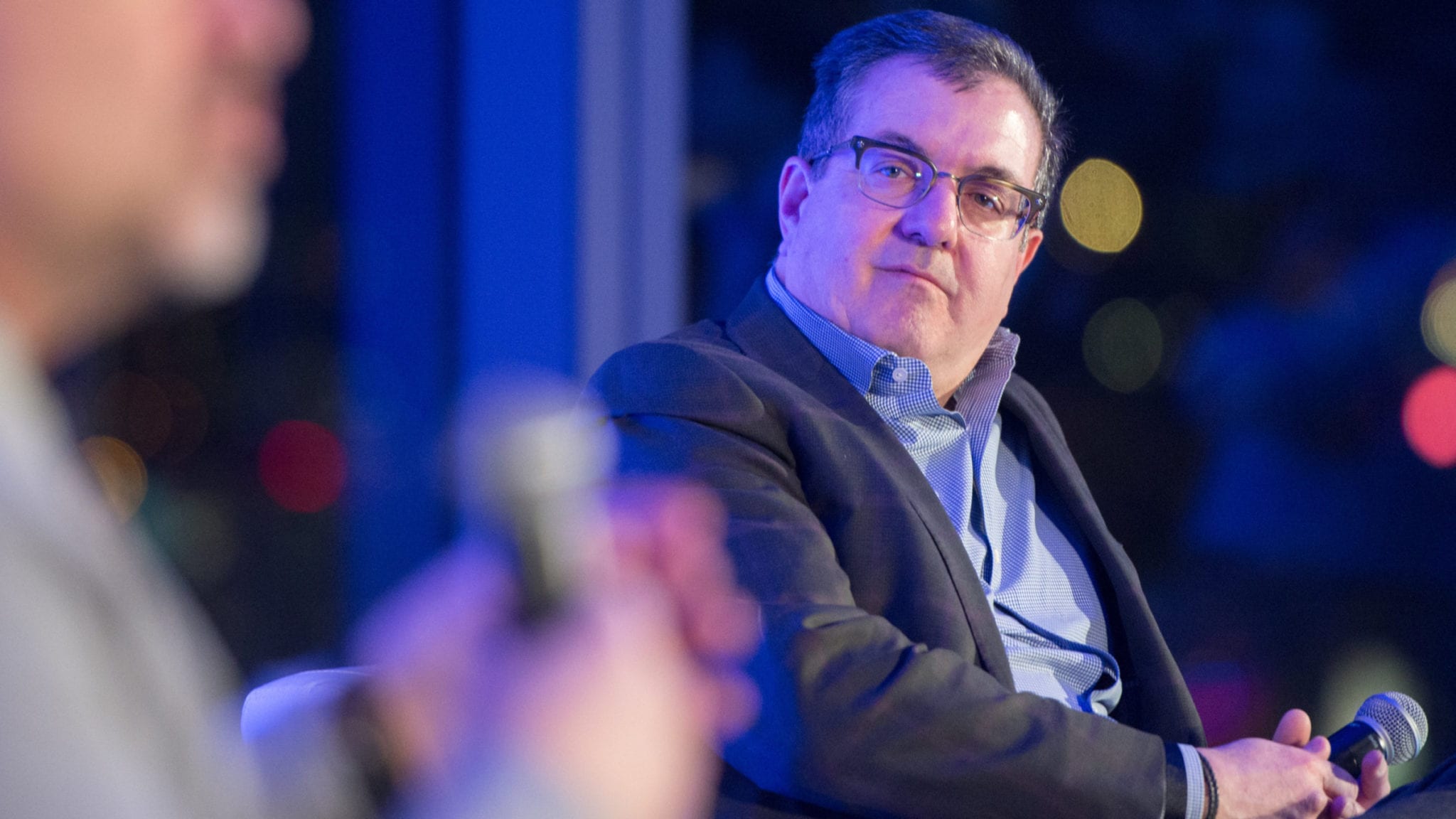
Hemab chairman John Maraganore (Ryan Emberley/Getty Images for Klick Inc.)
Rare blood disorders biotech Hemab raises $135M, begins trek into clinic
Hemab Therapeutics, led by Alnylam vet Benny Sorensen and chaired by John Maraganore, has raised $135 million from a new crop of investors as it …
Sign up to read this article for free.
Get free access to a limited number of articles, plus choose newsletters to get straight to your inbox.